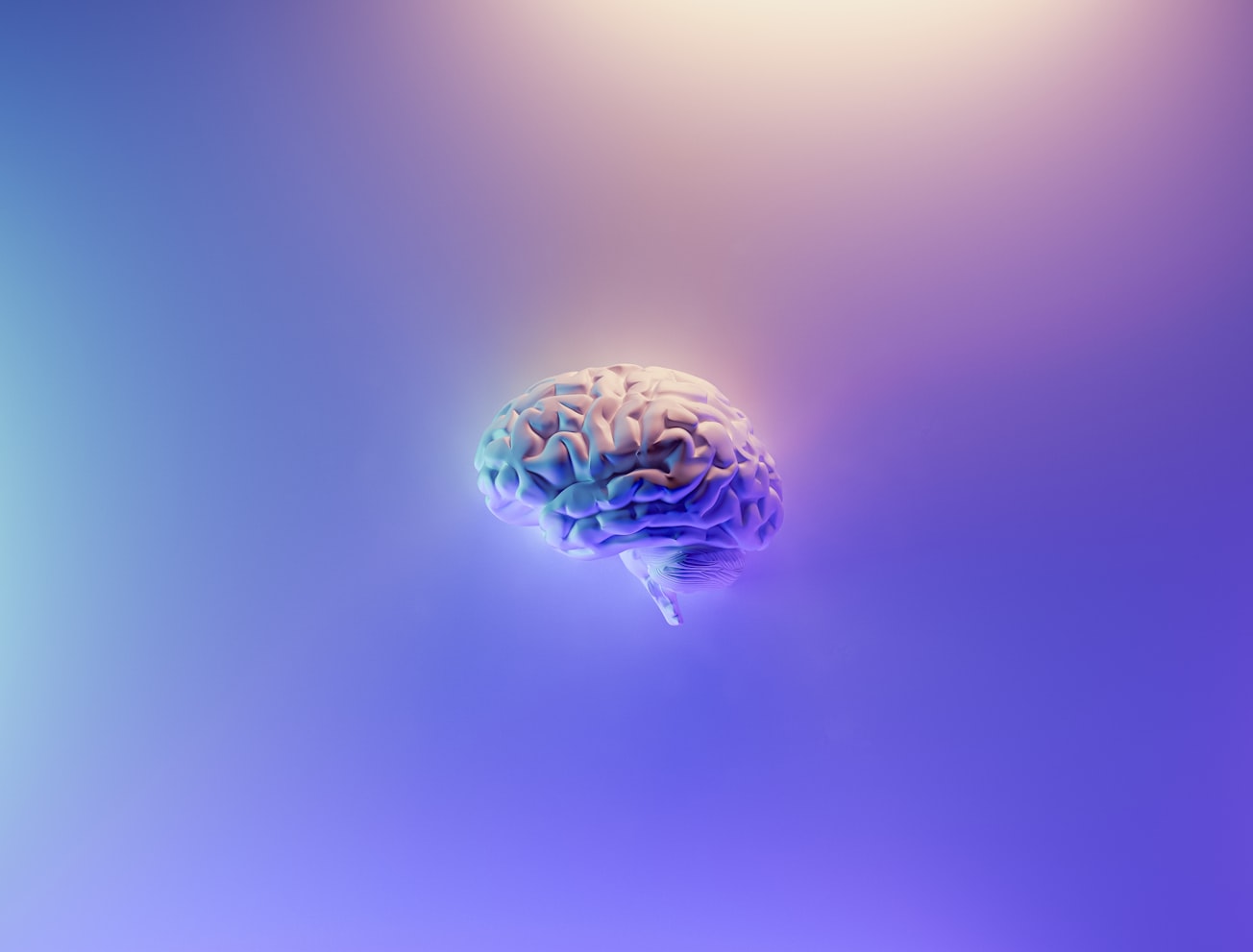What is it about?
As we engage with the visual world around us, the brain constantly adjusts how it represents that information. This work introduces a new technique that maps different types of brain activity to different locations in scenes, and allows for an assessment of how that activity changes at those regions over time.
Featured Image

Photo by Milad Fakurian on Unsplash
Why is it important?
The technique introduced here provides a significant advancement in our understanding how and when different neural populations in the brain contribute to visual representations that are used when making sense of the visual world around us. It may also offer important insight into the neural code for vision to facilitate advancements in brain stimulation through cortical implants.
Perspectives
We hope that this work will help advance the field of systems neuroscience, and be useful for those engaged in both basic science and applied clinical research.
Bruce Hansen
Colgate University
Read the Original
This page is a summary of: Dynamic Electrode-to-Image (DETI) mapping reveals the human brain’s spatiotemporal code of visual information, PLoS Computational Biology, September 2021, PLOS,
DOI: 10.1371/journal.pcbi.1009456.
You can read the full text:
Resources
Contributors
The following have contributed to this page










